Massage therapy is a type of physical therapy that involves the pressing and kneading of soft tissues in the body. It is usually done with the massage therapist’s hands and fingers, but they can also use their forearms, elbows, or feet. People may get massages to treat injuries, pain, health conditions, and for overall wellness. There are many health benefits to massage therapy. They promote relaxation, flexibility, and blood flow. They additionally assist in relieving acute and chronic pain, muscle tension, and stress.
There are several dozen types of massages, the first practices of which began in India, thousands of years ago. Since then, they have continued to be a consistent and popular option for physical therapy. It may be difficult to figure out which one you’d like to get. They can differ widely in pressure, technique, intended use, and the areas of focus. The following four are some of the most common:
Swedish massage
 Swedish massages are one of the most popular and well-known types. They are relatively gentle in regard to pressure and mainly focus on relaxation and tension relief. Movements generally involve long strokes, kneading, circular movements, and joint movements.
Swedish massages are one of the most popular and well-known types. They are relatively gentle in regard to pressure and mainly focus on relaxation and tension relief. Movements generally involve long strokes, kneading, circular movements, and joint movements.
Target areas
- Neck
- Shoulders
- Lower back
Benefits
- Relaxation
- Stress reduction
- Improved posture
- Increased range of motion and flexibility
- Headache relief
- Improved sleep
Deep tissue massage
 Deep tissue massages use more pressure than Swedish massages. Rather than relaxation, it is intended to focus on pain and tension relief. Movements involve similar stroking and kneading, but done slower and with much firmer pressure.
Deep tissue massages use more pressure than Swedish massages. Rather than relaxation, it is intended to focus on pain and tension relief. Movements involve similar stroking and kneading, but done slower and with much firmer pressure.
Target areas
- Muscles
- Tendons
- Connective tissues deep under skin
Benefits
- Reduce inflammation
- Reduce muscle pain
- Lowers blood pressure
- Helping with injuries
- Reduce arthritis symptoms
Trigger point massage
 Trigger point massages are a newer type of massages. They focus on detecting and releasing trigger points, also known as “knots.” These knots are spots in muscle tissue that cause aching and stiffness. When these knots are pressed on, they produce pain in a different area of your body. It combines the techniques of Swedish and deep tissue. Various levels of pressure are applied to the knots, and then the areas are stretched.
Trigger point massages are a newer type of massages. They focus on detecting and releasing trigger points, also known as “knots.” These knots are spots in muscle tissue that cause aching and stiffness. When these knots are pressed on, they produce pain in a different area of your body. It combines the techniques of Swedish and deep tissue. Various levels of pressure are applied to the knots, and then the areas are stretched.
Target areas
- Areas of muscle tightness
Benefits
- Pain and ache relief
- Reduce lower back pain
- Reduce headaches
Reflexology Massage
 The theory behind reflexology is that certain reflex points on the feet, hands, and ears are mapped to different areas of the body. However, foot reflexology is the most common treatment. The massage therapist will rub, press, and squeeze your feet. The area of your foot will depend on the target area of your body.
The theory behind reflexology is that certain reflex points on the feet, hands, and ears are mapped to different areas of the body. However, foot reflexology is the most common treatment. The massage therapist will rub, press, and squeeze your feet. The area of your foot will depend on the target area of your body.
Target areas
- Feet
- Hands
- Ears
Benefits
- Reduce pain
- Reduce stress and anxiety
- Improved sleep
- Reduce headaches
In British Columbia, massage therapists are registered with the College of Massage Therapists of British Columbia (CMTBC) to provide massage therapy services. Most are also part of the Massage Therapists’ Association of British Columbia (MTABC).
Depending on your insurance, your visit to a registered massage therapist may be covered. Make sure to choose a massage therapist who has received provincial certification. This ensures that your massage therapist has a certain level of training and uses certain practice guidelines.






